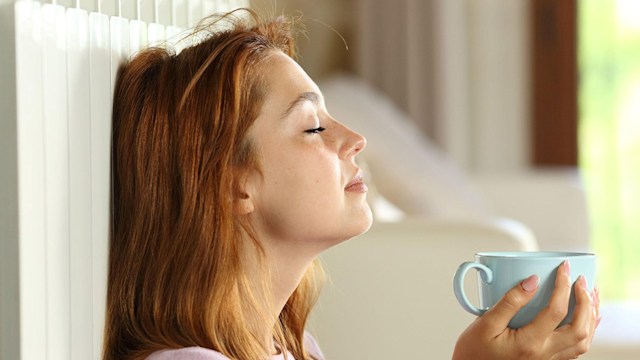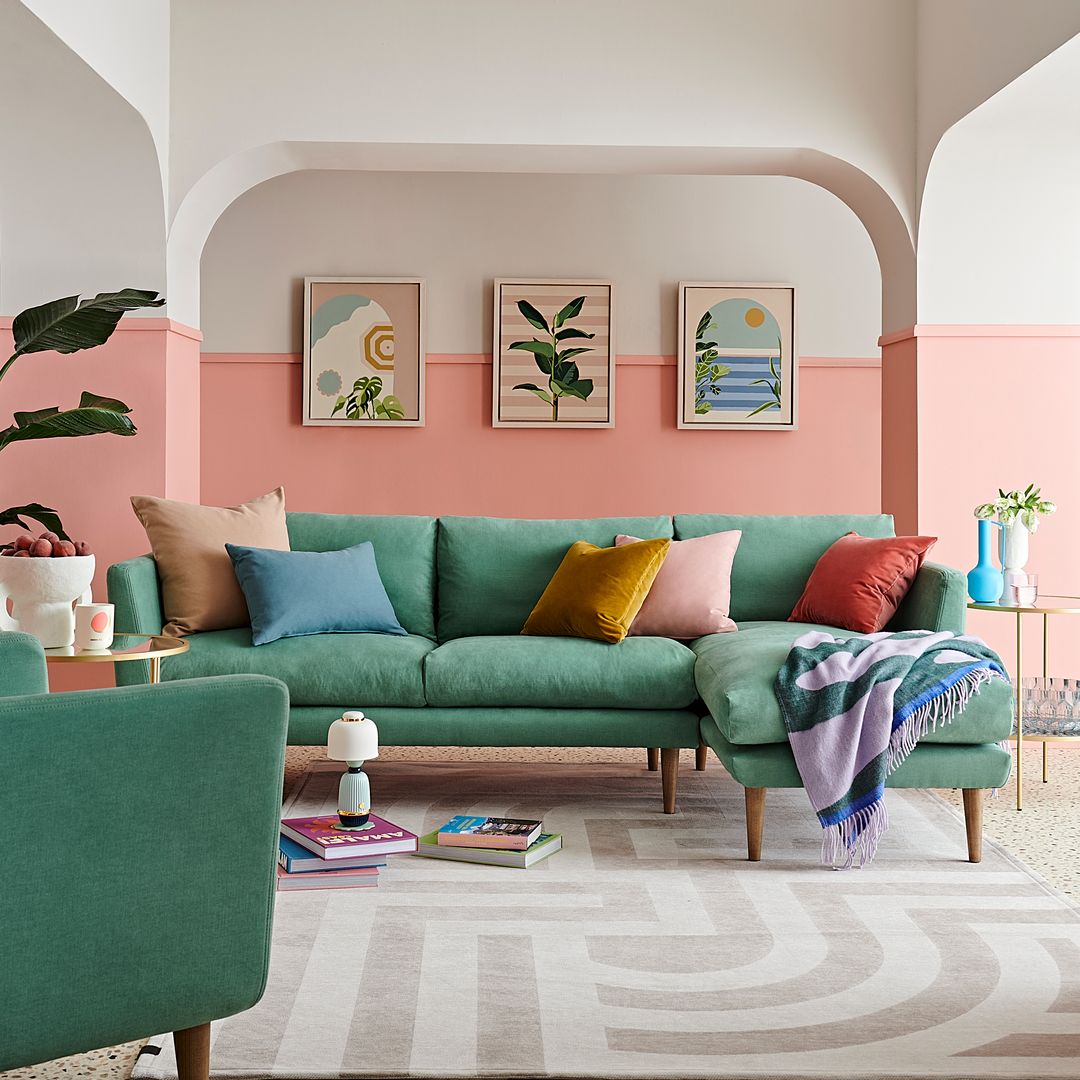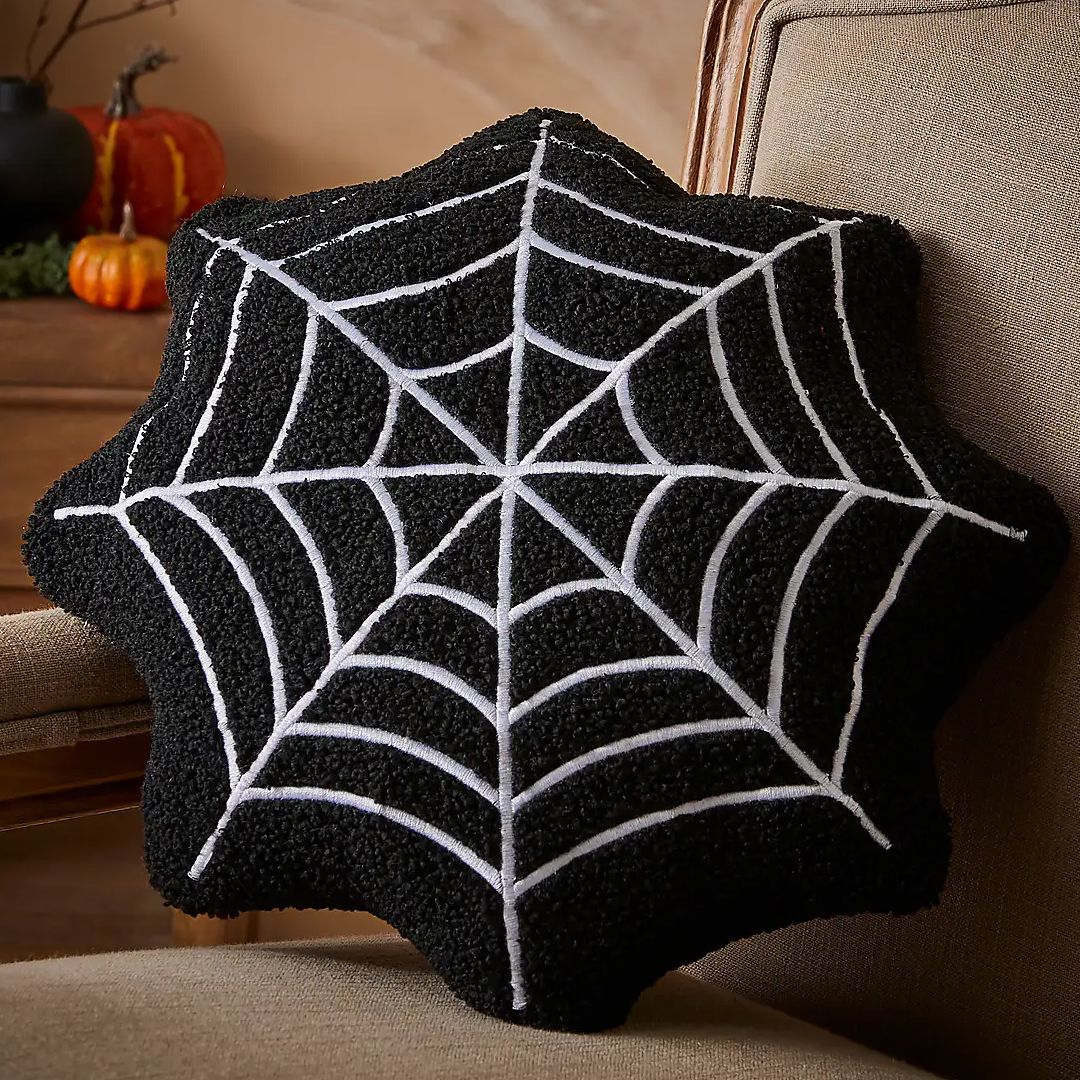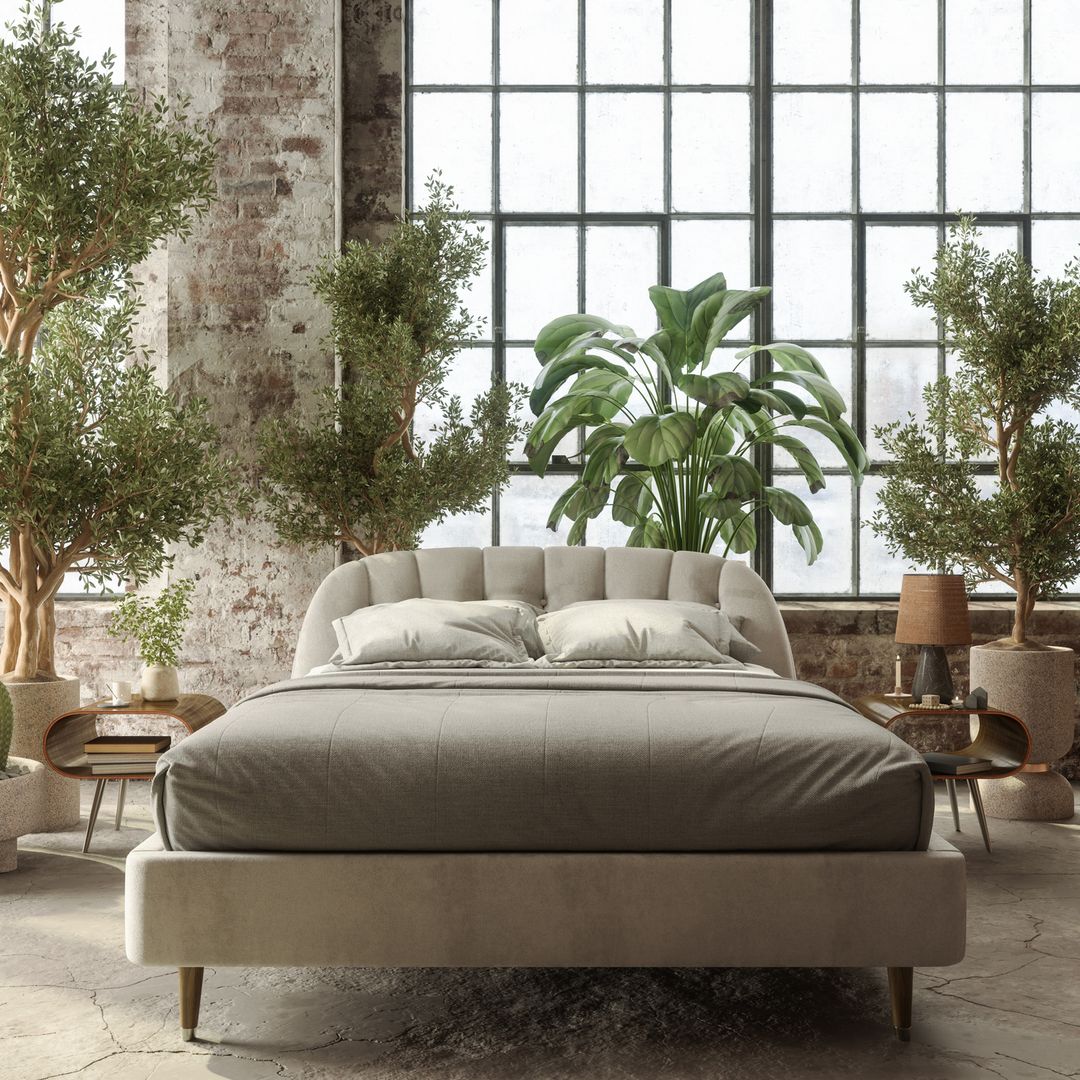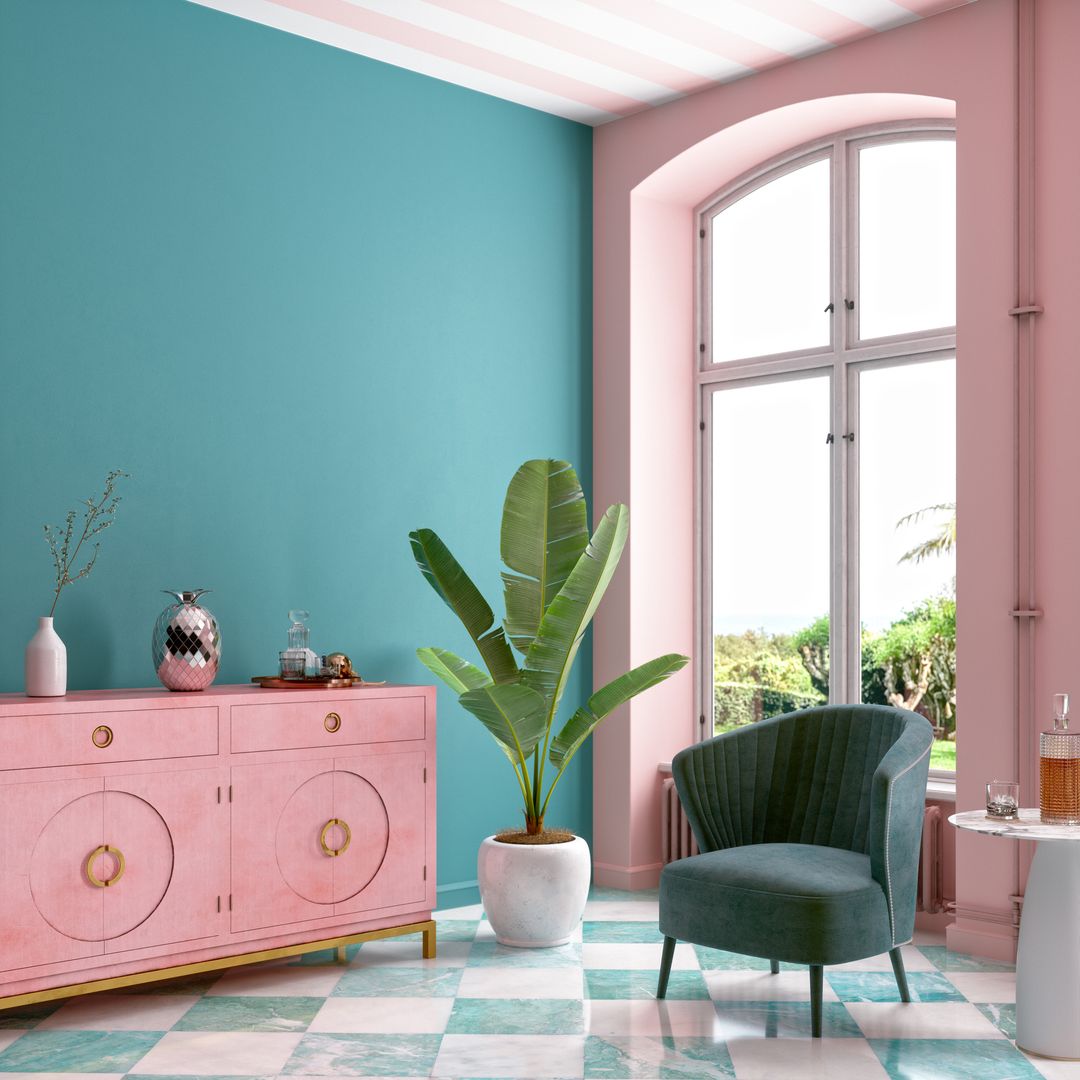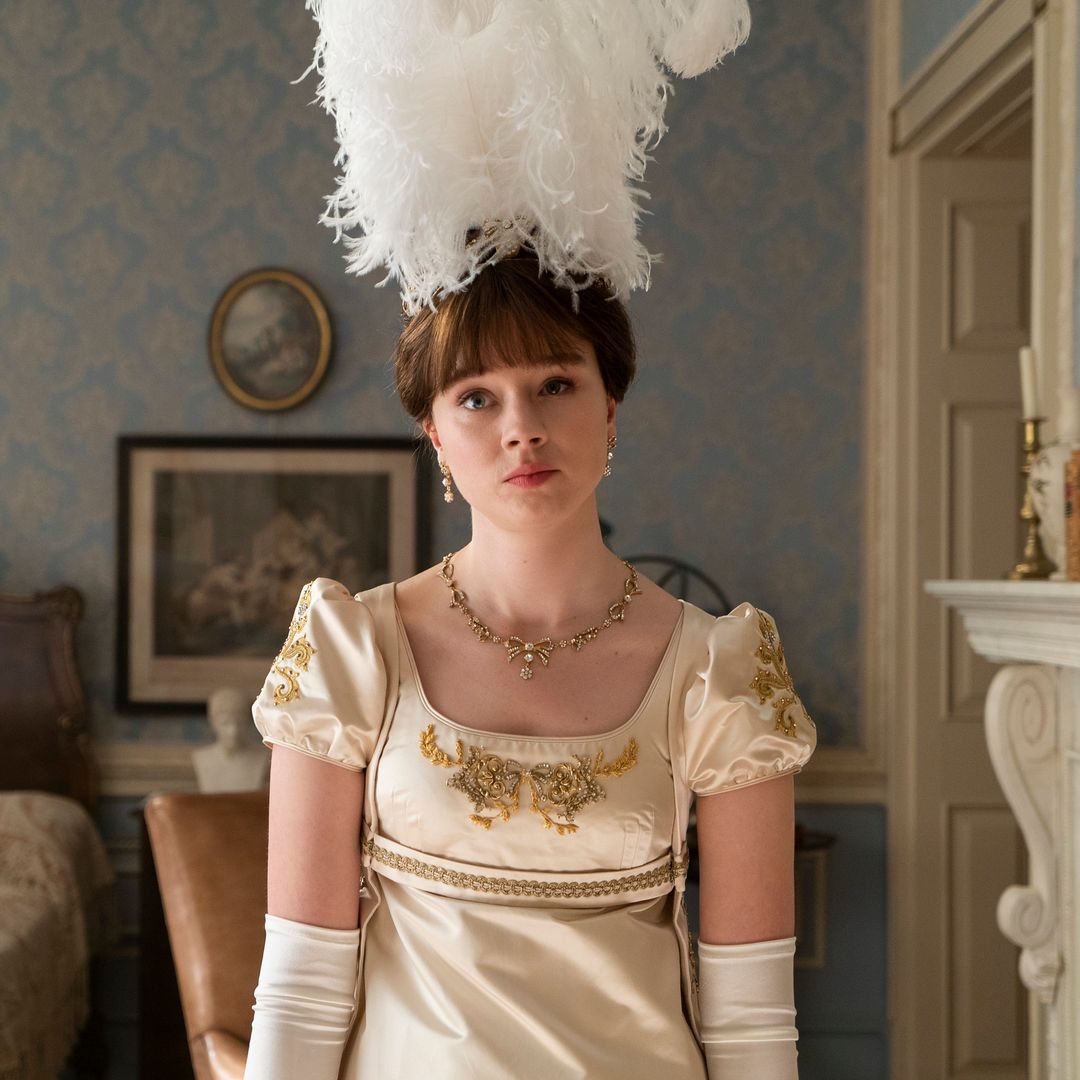It's 2023, the year where heated clothes airers and fetching blanket hoodies help to combat the cost of living crisis. But with energy bills at an all-time high, many households are still worried. Is it really possible to make your home warmer without turning up the heating at all? Michael Reading at Housetastic has 10 genius ways to heat your home without actually paying for any extra gas.
How warm should a house be?
First up, let's talk temperatures. How warm is warm? While you may squabble with your housemate or partner about the thermostat, the optimum temperature that's recommended is 21°C, so anything from 18-22°C should do the trick.
How to make a room warmer
While it's so tempting to whack the heating up to warm up a room there are lots of other clever ways to make a room warmer. Firstly, good insulation in your walls and flooring will help, but there are other tricks so you can cheat your way to a warmer space. Read on to find out more...
10 step guide to keep your house warm without heating
1. Rejig your furniture
Thinking about the position of your furniture is a simple way that could save you money on energy and keep your home warmer. "Any furniture which covers radiators will prevent heat from travelling around the room," Michael explains. "Even just a partial blocking will limit the amount of heat omitted."
Plus, in the winter, it is advised that you move your furniture away from any external walls. "You will notice the colder air more if you are sat against an external wall, so try and keep furniture against internal walls. You will feel more comfortable and less obliged to turn the heating on."
2. Use a terracotta heater
A terracotta heater is a great way to keep warm without using any energy. The idea behind a terracotta heater is it heats up slowly and retains heat well, meaning up to three terracotta pots can be powered by just one candle.
"A terracotta heater can be a great DIY alternative to turning the heating on, as all you need are a few clay pots and candles," Michael reveals.
3. Invest in insulation
Although this is a more expensive method, making sure your home is properly insulated is one of the most cost-effective ways to save you money in the long run. "Insulating walls is a key part of having a thermal-efficient, and therefore more eco-friendly home, as heat is retained inside. While the average budget for renovating a full house can be up to £7,000, the savings that come from doing this are worthwhile."
4. Think about your habits
It is so common to turn the heating on as soon as the temperature starts to drop, however, this can be a costly habit. "If possible, try and see whether or not you really need to turn the heating on, especially when it's earlier in the autumn months," Michael advises.
If you do insist on turning the heating on, be mindful of what temperature you set it to. "It is estimated that turning the thermostat down by just one degree can save up to 10 per cent on a fuel bill, not to mention the amount of energy."
5. Put a shelf above a radiator
Hanging a shelf just above a radiator is actually a great complement to the radiator as it helps distribute the radiator's heat more evenly. "By hanging a shelf just above a radiator, the shelf acts almost like a shield, helping to shift heat outwards from the radiator, rather than letting the heat rise up to the ceiling," Michael suggests.
6. Bleed your radiators
Check your radiators to assess whether or not it is heating up properly, as if there are cold spots present then you may need to bleed it. "When radiators have cold spots present, this is a sign that there is air trapped inside them," Michael explains. "This trapped air stops the warm water from properly circulating your radiator and results in taking longer to heat up your room."
It's a job that takes a few minutes and it can save you money, so why not do it today?
7. Analyse any draughts
Many older properties, with single glazed windows and doors, may result in allowing outdoor air inside and the heat to escape outside. "Assess all of your windows and doors and see whether there are gaps in the frame which allow draughts to move freely. If there are significant draughts which can’t be easily covered, then it would be worth investing in stronger doors with at least double glazing," Michael advises.
Michael adds: "If your budget doesn't permit replacing doors and windows, or if you are renting and aren't allowed to make substantial changes, then invest in draught stoppers which can be used to cover up holes in frameworks. This, however, is not a long-term solution."
This stylish draught excluder is the perfect solution:
8. Block your chimney up
As the weather turns, you may start to notice an excessive draught coming from the chimney. Although fireplaces can be the main focal point in a living room, the reality is an open chimney can result in unwanted draughts and heat escaping. "Blocking a chimney can be the only viable option in these circumstances, however, you must be careful to do this properly," Michael warns. "Never seal off the top of the chimney, especially if you do use your fireplace, as this will seal the heat inside the chimney and can cause extreme overheating."
9. Add rugs
Did you know that uninsulated floors can account for up to 10 per cent of heat loss? Especially if the floors are bare and not properly insulated. "If you have wooden flooring, with considerable gaps between the planks, then thick rugs can prevent the warm air from escaping," Michael suggests. From the washable designs at Ruggable through to the stylish ones at Dunelm, they will all help with keeping you snug this winter.
A stylish rug which will make your room ultra-cosy (as well as very Instagrammable).
10. Use curtains
A considerable amount of heat is lost through a home's windows; however, curtains are a great solution to preventing this from becoming any worse. "Curtains aid in heat retention, working to restrict the flow of air between the warmth of your home to the cold outside," Michael explains. "Heavier curtains will act as a barrier, preventing air from flowing from the window."
READ: 8 savvy home upgrades to add £70k to your property price
Keep the cold out and make your room look stylish with these luxury curtains.
